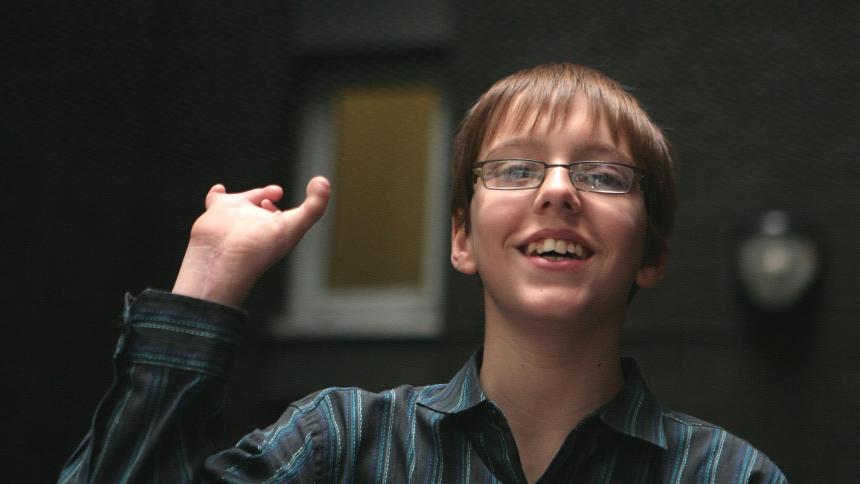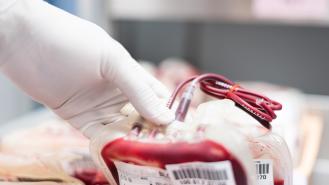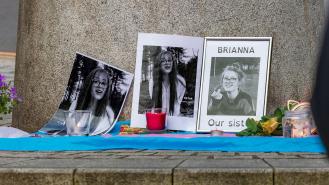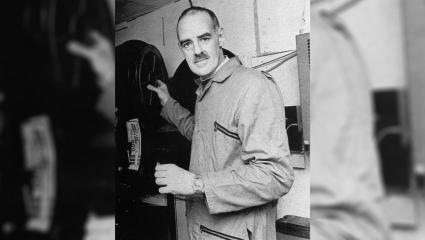
The Corby toxic waste scandal
The new British drama mini series Toxic Town tells the story of a real-life disaster.
In the 1980s and early 90s, Corby Council in Northamptonshire was trying to clean up an old steelworks site. But its cleanup workers ended up spreading toxic dust through the town.
Some parents in Corby believed that the poisonous dust had harmed their babies. And after a long legal fight, the courts agreed.
But how did this disaster happen and how did the families of Corby get justice?
Join us at Crime+Investigation as we explore how a seemingly harmless orange dust changed lives in Corby forever.
The end of an era
In 1980, the British Steel plant in Corby closed after 50 years of operation. Corby Borough Council bought the land in 1984, aiming to clean it up for a new business.
That would be a tough task. The steelworks’ 680 acres of land were contaminated with pits of toxic waste, including steel dust. Heavy metals and chemicals that can cause deformities were in the waste.
Dust everywhere
In 1985, the cleanup began. Cleanup workers started gathering up the toxic waste, putting it into lorries, and transporting it to a quarry nearby.
At least, that was what was supposed to happen. In reality, some of the waste didn’t make it to the quarry.
Families in Corby recalled open-top lorries carrying the waste to the quarry. As the lorries drove through town, toxic orange dust blew out with the wind.
Some Corby mothers said that the orange dust was everywhere in town, inescapable. One even remembered workers from the site visiting her pub in dusty clothes.
Later, a lawyer for the affected families said that those in charge of the cleanup 'had no experience in dealing with toxic waste'.
A rise in birth defects
Slowly, it became clear to parents in Corby that too many babies were being born with differences in their hands and feet. Some children had club feet. Others had missing fingers, webbed fingers and more.
All of the babies’ mothers had been exposed to that orange dust while they were pregnant. And in 1999, 22 families with affected children decided that they wanted to sue Corby Borough Council. They blamed the council for their children’s disabilities.
A long battle
The families hired Des Collins, a solicitor, to help them. With his help, they worked to get their case against Corby Council heard before the High Court in London.
Yet Corby Council always refused to accept any fault. In 2000, Northamptonshire Health Authority studied the number of birth defects in Corby and decided that there was nothing unusual.
At last, in 2005 the High Court announced that it would hear the families’ claims. But it wasn’t until 2008 that the court date was set.
The High Court
In February 2009, 18 Corby families finally faced representatives of Corby Council at the High Court. The case had gone on for so long that the oldest of the affected children were now 22 years old.
The families accused the council of negligence during the cleanup. They said that it had exposed the pregnant women to an 'atmospheric soup of toxic materials', in the words of one of their lawyers.
The families also wanted damages. And they wanted an apology for the airborne toxic dust and what it had done.
Corby Council’s response was that the families were under 'a delusion' and that the deformities were 'normal'.
A victory – partly
In June 2009, Corby Borough Council was found 'extensively negligent in its control and management of the sites which they acquired from British Steel' and 'liable in public nuisance, negligence and breach of statutory duty', in the words of the High Court judge. In short, the families were proven right. They also received £1.6 million to pay for their legal fees.
However, the court only found in favour of 16 out of the 18 children. The remaining two were too young, according to the judge.
Still, Corby Council refused to accept responsibility for any of the children’s limb differences.
Resolution
In August 2009, Corby Council decided to appeal the judgement. However, it would try to reach an agreement with the families at the same time.
The details of the conversations between the council and the families were kept private. But in April 2010, the families and the council announced that they had reached a settlement out of court. 19 children would get money in compensation for their conditions, though Corby Council did not accept responsibility for the limb differences. And Corby Council would drop its appeal.
The council did publicly, at last, make an apology. It said that 'it made mistakes in its clean-up of the former British Steel site years ago'.
Corby’s legacy
Today, the Corby toxic waste case is often described as Britain’s version of the Erin Brockovich story. It’s a tale of ordinary people standing up to far more powerful people – and winning.
Love learning about big legal wins and true crime? Stay up to date with the Crime+Investigation Newsletter! Each week, you’ll get an insider look at new clips, articles, competitions and more. Sign up today to get exclusive content right to your inbox!













